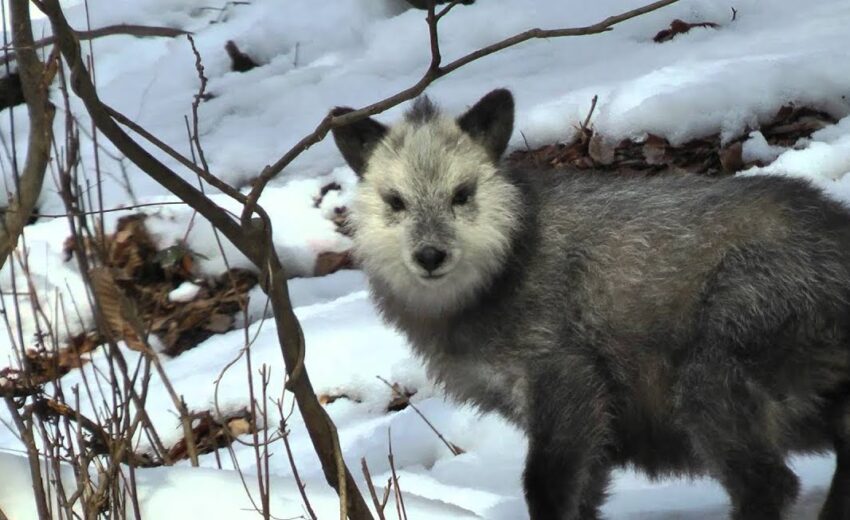The Japanese serow is a diminutive goat-antelope that is native to Japan. They can be found on the islands of Shikoku, northern and central Honshu, and Kyushu. These critters are
- Zoology
- Daily Critter Facts
- For Teachers
- Study Guides
- Diseases & Parasites
- Contact

